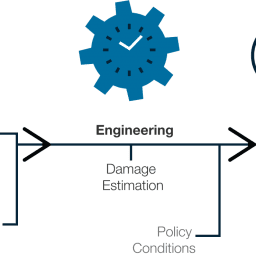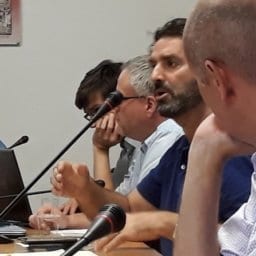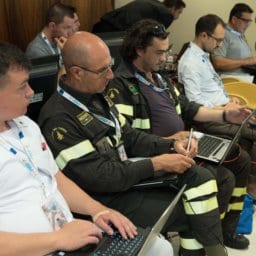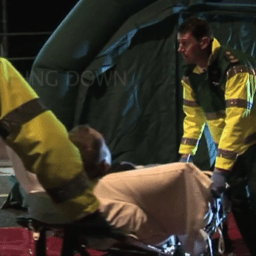The great majority of potential crises are mitigated by operational professionals. Fires, crime, floods, and storms: professionals are trained for these situations and able to handle them effectively 99% of the time. Only when these incidents escalate to a crisis does the strategic level of crisis management become involved. Their focus should be on strategic however real-life experience has shown that the strategic level often interferes with operations – by becoming involved in details they should leave to the operational professionals.





 n
n
Images of IN-PREP end-user workshops in Leiden, Netherlands and Berlin, Germany hosted by IN-PREP partners, Crisisplan and Fraunhofer International (source: J.Varghese)
The problem is twofold:
- The operational level is not trained to recognize strategic issues and when providing information, therefore tends to share many operational details to the strategic level.
- The strategic level typically requests excessive operational information. They want to act, get involved, and be seen as leaders who pull up their sleeves. The result is that the operational level perceives this as interference.
The solution lies both in planning and information management. First, strategic planning differs from operational planning. The strategic level should have pre-made checklists that keeps them focused on strategic issues during crises. Second, the information management process should be simplified, based on a top-down method of requesting strategic information. Using their checklists, the strategic level knows the critical decisions they need to focus on, and therefore the information they need to request to make those decisions. They can be more selective in their information requests from the operational level and avoid getting flooded with information that is unnecessary at the strategic level.
IN-PREP partner Crisisplan B.V. has designed and developed a software tool called the CrisisHub that facilitates this approach in a simple but effective way. It was designed by listening carefully to the needs of civil protection experts and collaborating with them.
Now, Crisisplan’s extensive knowledge is being transferred to IN-PREP. Their experience has shown the effectiveness of software platforms in supporting crisis professionals when developed from an end-user’s perspective. For IN-PREP, end user workshops and meetings have been organised to ensure that the project delivers a training platform that is useful to crisis managers and first responders.
Jorg van Waardhuizen is a consultant at Crisisplan B.V. and works as part of a team in crisis communications, development of new crisis management tools and EU H2020 projects. Crisisplan B.V. (Netherlands) is a leading consultancy for strategic crisis management, involved in European projects such as INACHUS, ZONeSEC, VASCO and INDIGO . They have over 15 years’ experience in preparing crisis teams through training, simulations and development of software support systems.Crisisplan B.V. leads the end-user participation on IN-PREP. They will collaborate with end-users to determine their requirements for the IN-PREP training platform, Crisis Management handbook and training modules. Crisisplan B.V. is also jointly responsible for the validation of the IN-PREP system releases at the final demonstrations.










The problem is well known in the military sector as well. The solution is simple and old: leading by Auftragstaktik from Prussian General Clausewitz. Alberts & Hayes describe different approaches in their book “Power to the edge”.
The theory is well known. But you are totally right the problem is always the application – now for more than 150 years. Training and education seem not be the solution. Perhaps technical support can solve the problem. I am really looking forward to first results.